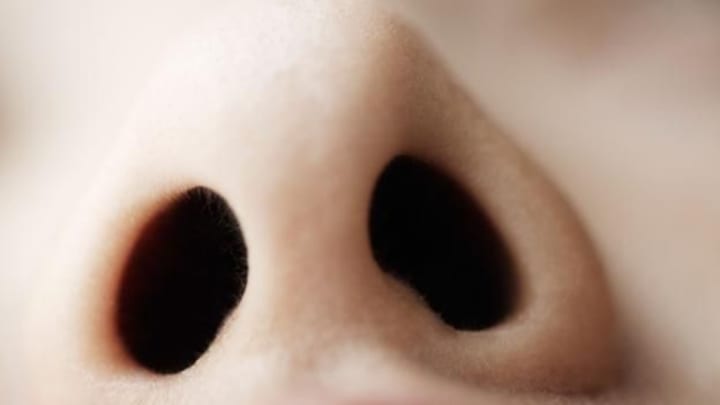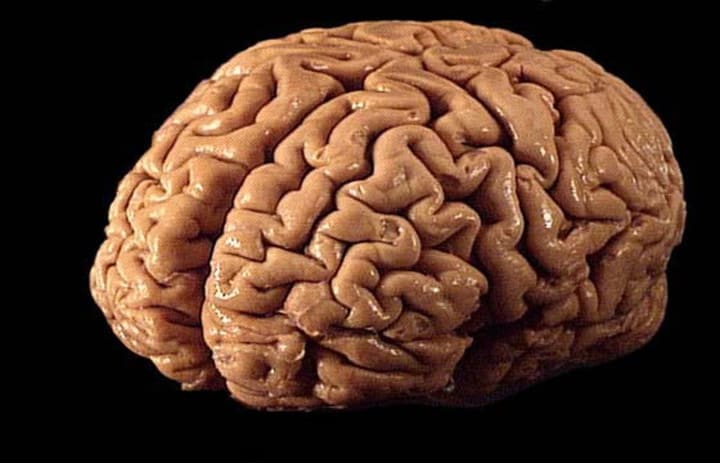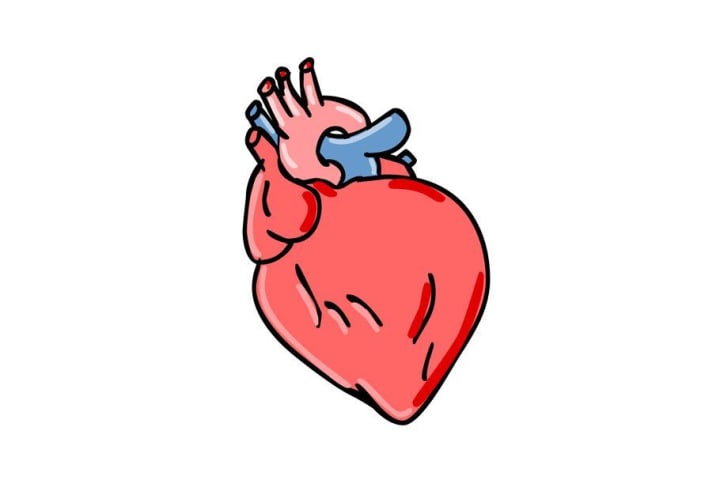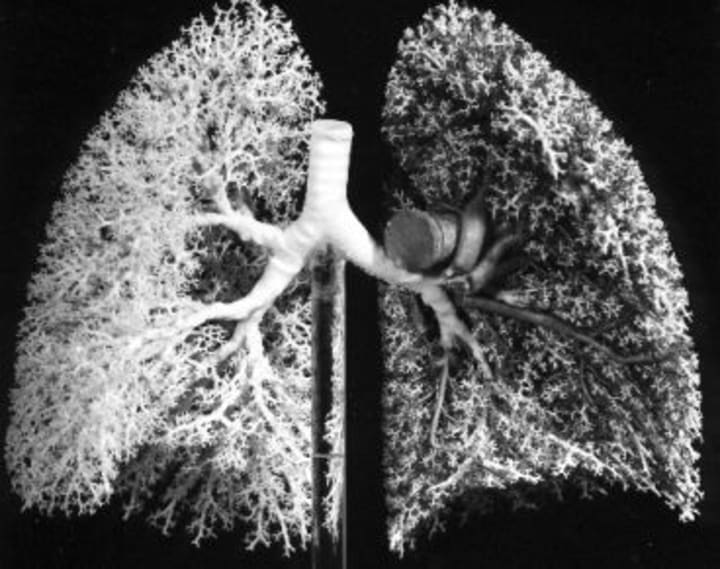

1. Humans are the only animals that blush. This occurs when we feel embarrassed, excited, or aroused.
One funny fact about blushing is that it's not just humans who experience it - some animals can blush too! For example, chimpanzees, gorillas, and macaques have all been observed to blush when they are embarrassed or anxious.
Another amusing fact about blushing is that the word "blush" actually comes from an Old English word "blyscan," which means "to shine brightly." This was originally used to describe the color of flowers or other objects that had a bright, rosy hue. Over time, the word came to be associated with the reddish-pink color that appears on the cheeks when someone blushes.
Lastly, while blushing can be embarrassing for humans, some cultures actually consider it to be a positive thing. In Japan, for example, blushing is seen as a sign of politeness, humility, and sincerity. In some Japanese schools, students are even encouraged to blush in front of their teachers as a sign of respect!

2. The human nose can detect over one trillion scents, which is more than any other animal on earth.
Here's a funny fact about the human nose: Did you know that your nose is capable of remembering up to 50,000 different scents? That's a lot of smells to keep track of!
Another amusing fact about the nose is that it's not just for smelling - it can also be used as a makeshift musical instrument! Some people can actually play songs by blowing air through their nose and manipulating the shape of their nasal passages to create different notes and tones. It's called "nose whistling," and while it's not exactly a mainstream musical technique, it can be quite entertaining to watch!
Finally, the shape and size of our noses can be influenced by genetics, but they can also be influenced by environmental factors. For example, studies have shown that people who grow up in colder climates tend to have longer and thinner noses, while people who grow up in warmer climates tend to have shorter and wider noses. So if you're looking for a good excuse for why your nose looks the way it does, you can always blame it on the weather!

3. The human body contains enough fat to make seven bars of soap.
The amount of fat in a human body can vary greatly depending on various factors such as age, gender, body type, and lifestyle. On average, however, adult men tend to have a body fat percentage of around 18-24%, while adult women tend to have a body fat percentage of around 25-31%.
It's important to note that a certain amount of body fat is necessary for good health, as it provides insulation, energy storage, and helps protect vital organs. However, excess body fat can increase the risk of various health problems, such as heart disease, diabetes, and certain types of cancer. It's therefore important to maintain a healthy balance of body fat through proper nutrition and exercise.

4. On average, humans spend about a third of their lives sleeping.
This may seem like a lot of time, but sleep is actually crucial for good health and overall well-being.
During sleep, the body and brain perform a variety of important functions, such as repairing and regenerating tissues, strengthening the immune system, and consolidating memories and learning. Lack of sleep or poor quality sleep can lead to a variety of negative consequences, including decreased cognitive function, weakened immune system, and increased risk of various health problems, such as obesity, diabetes, and heart disease.
Sleep needs can vary depending on a number of factors, including age, lifestyle, and health status. For example, newborns typically sleep for around 16-18 hours a day, while adults typically need around 7-9 hours of sleep per night.
Despite the importance of sleep, many people struggle with getting enough quality sleep. Factors such as stress, noise, and environmental factors can interfere with sleep, as can certain medical conditions and medications. To promote good sleep hygiene, experts recommend establishing a regular sleep schedule, creating a comfortable sleep environment, avoiding stimulating activities before bedtime, and practicing relaxation techniques such as meditation or deep breathing.

5. The longest recorded time without sleep is 11 days.
The claim that the longest recorded time without sleep is 11 days is actually a bit of a myth. While there have been a few reported cases of people staying awake for several days in a row, the idea that someone could go for 11 consecutive days without sleep and survive is highly unlikely.
In fact, going without sleep for just a few days can have serious consequences. Sleep deprivation can lead to a variety of negative physical and cognitive effects, such as impaired immune function, decreased cognitive performance, and mood disturbances. Prolonged sleep deprivation can also lead to hallucinations, delirium, and other serious mental health issues.
While it is theoretically possible for someone to stay awake for 11 days or even longer, the risks associated with prolonged sleep deprivation make it highly inadvisable. The human body simply needs regular rest and sleep in order to function properly. In order to maintain good health and well-being, it is important to get sufficient sleep on a regular basis.

6. Humans are the only animals that produce emotional tears. Other animals only produce tears for physical reasons, like to lubricate their eyes.
It is true that humans are the only animals that produce emotional tears. While other animals may produce tears for various reasons, such as to lubricate the eyes or clear out irritants, emotional tears are a uniquely human phenomenon.
Emotional tears are tears that are produced in response to strong emotions, such as sadness, joy, or empathy. The exact function of emotional tears is not entirely clear, but some researchers believe that they may help to signal distress or communicate emotions to others. Others suggest that crying may serve as a form of self-soothing, helping to relieve stress and promote emotional regulation.
While the ability to produce emotional tears may be unique to humans, other animals do display a range of complex emotional behaviors. Many animals are capable of experiencing a wide range of emotions, including joy, fear, and even grief. In fact, some species, such as elephants and dolphins, have been observed engaging in what appear to be mourning rituals when members of their group die.
Overall, while emotional tears may be a uniquely human phenomenon, other animals are also capable of experiencing and expressing a wide range of emotions in their own ways.

7. The human brain can process information as fast as 120 meters per second.
The speed of neural processing in the brain is measured in terms of the speed at which electrical signals are transmitted between neurons. These electrical signals, known as action potentials or spikes, can travel at speeds of up to 120 meters per second in some neurons. However, the speed at which information is processed in the brain is not just a function of the speed of neural transmission. It also depends on many other factors, such as the complexity of the neural network, the efficiency of synaptic transmission, and the processing power of individual neurons.

8. The human heart pumps enough blood in one lifetime to fill three supertankers.
On average, the human heart beats about 100,000 times per day and pumps approximately 2,000 gallons (or 7,500 liters) of blood per day. Over the course of an average lifespan of 78 years, the heart would pump approximately 1.5 million barrels of blood, which is roughly equivalent to the capacity of one supertanker.

9. The surface area of the human lungs is roughly the same size as a tennis court.
The lungs are made up of millions of tiny air sacs called alveoli, which are surrounded by an intricate network of blood vessels. When we breathe, air enters the lungs and oxygen is transferred into the bloodstream through the walls of the alveoli. At the same time, carbon dioxide, a waste product of metabolism, is removed from the blood and exhaled out of the body.
The surface area of the lungs is a measure of the total area of the alveoli and the blood vessels that surround them. It is estimated that the total surface area of the lungs in an average adult human is approximately 70 square meters, or roughly the same size as a tennis court. This large surface area is necessary to facilitate the efficient exchange of oxygen and carbon dioxide between the lungs and the bloodstream.

10. Humans are taller in the morning than at night due to the compression of spinal discs throughout the day.
The spinal column is made up of a series of vertebral bones that are separated by small, fluid-filled discs. These discs serve as shock absorbers and allow for flexibility and movement of the spine. Over the course of the day, as a result of the body's gravitational pull, the weight of the upper body compresses these discs, causing them to lose some of their fluid and thickness. This compression can lead to a slight decrease in overall height.
During sleep, the body is in a horizontal position and the weight of the upper body is not compressing the spinal discs. As a result, the discs have a chance to rehydrate and expand, which can lead to a slight increase in overall height.
It is worth noting that the amount of height variation due to spinal disc compression is generally only a few centimeters and is unlikely to be noticeable to most people. Additionally, other factors such as age, posture, and genetics can also play a role in determining a person's height.
About the Creator
Kobra
"Enter the dark and twisted world of the unknown I lead you through the shadows on a journey into the depths of the unknown."
"Uncovering darkness"
Enjoyed the story? Support the Creator.
Subscribe for free to receive all their stories in your feed. You could also pledge your support or give them a one-off tip, letting them know you appreciate their work.






Comments
There are no comments for this story
Be the first to respond and start the conversation.